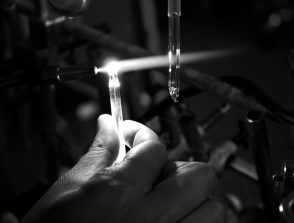Etienne Le Glas’s PhD
Start: 01 November 2019
End: 04 July 2023
Supervisors :
Magali Bonifacie, Pierre Agrinier
Related teams :
Stable Isotope Geochemistry
Status: Defended





